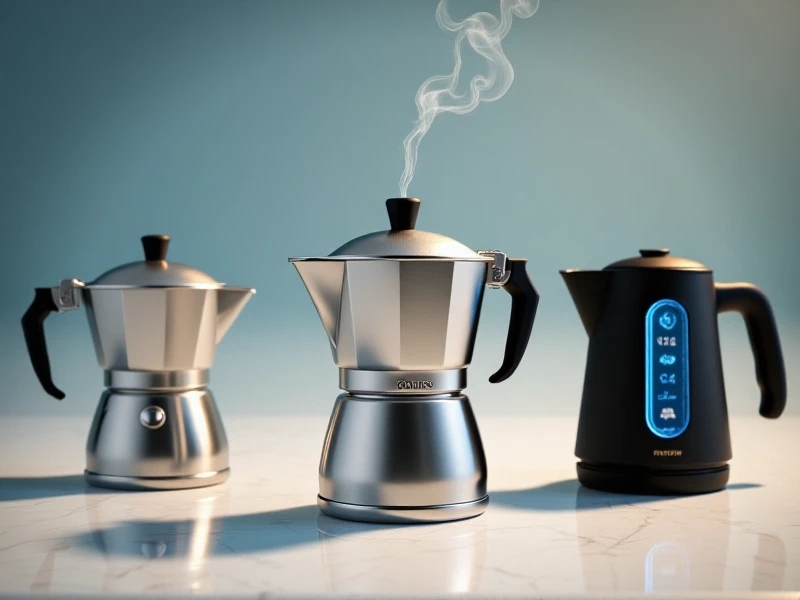
The Ultimate Kettle Guide: Your Path to the Perfect Cup
Forget the microwave. The humble kettle remains the unsung hero of the kitchen, essential for brewing the perfect cup of tea or coffee, cooking pasta, or whipping up instant meals. Whether you're a tea connoisseur or just need hot water fast, understanding types, features, and benefits helps you choose the ideal kettle for your countertop.
Stovetop vs. Electric: Finding Your Fit
The classic stovetop kettle brings charm and simplicity. Crafted from stainless steel, enamel, ceramic, or even copper, it heats directly on your burner. It requires no electricity but demands your attention – that whistle is your signal! Modern electric kettles, however, offer unmatched speed and convenience. Plug one in, and most boil a full liter in under five minutes. Many boast automatic shut-off when boiling completes, a major safety advantage over stovetop models.
Key Features for Modern Needs
- Material: Glass kettles showcase the boil visually but require more cleaning. Stainless steel is durable and easy to maintain. Avoid lower-quality plastic interiors.
- Capacity: Range from compact (0.8L) for singles to large (1.8L ) for families or serious entertainers. Choose based on your regular needs.
- Temperature Control (Advanced): Vital for delicate teas or pour-over coffee. Variable temperature settings allow precise heating to the exact degree needed (e.g., 80°C for green tea, 100°C for boiling).
- Keep Warm Function: Maintains your water at a set temperature for around 30 minutes, eliminating reboils.
- Fast Boil (Wattage): Higher wattage (1800W , 220V regions) means faster boiling times. Check compatibility with your voltage.
- Base & Cordless Design: Modern electric kettles lift off their corded base for easy, safe pouring.
Why Choose a Dedicated Kettle?
- Speed: Boils water significantly faster than stovetops or microwaves.
- Energy Efficiency: Heats only the water you need, generally using less power than boiling water in a pan.
- Safety: Auto shut-off eliminates the danger of an empty, overheating stovetop kettle (a common cause of damage or fire).
- Convenience: Cordless pouring and features like variable temp put control at your fingertips.
- Better Taste: Avoids the potential for "flat" water taste sometimes associated with microwave heating.
Maintaining Your Kettle
Regular descaling (removing mineral buildup) is crucial, especially in hard water areas. Use vinegar or a citric acid solution according to manufacturer instructions to prevent slower boiling times and maintain performance. Always ensure your kettle is unplugged and completely cool before cleaning.
Finding Your Ideal Kettle
Consider your primary use. Need speed for your morning tea? A basic electric kettle shines. Love specialty teas? Prioritize variable temperature settings. Value aesthetics? Glass or stainless steel styles offer sleek looks. For energy-conscious users or quick hot water access with enhanced safety, a modern electric kettle is hard to beat. Invest in the right kettle, and experience the effortless joy of perfect hot water every time. It’s a small appliance that truly deserves its spot as kitchen royalty. Remember to always fill within the marked minimum and maximum levels. Simply press the power button and let technology take the strain off watching the pot.